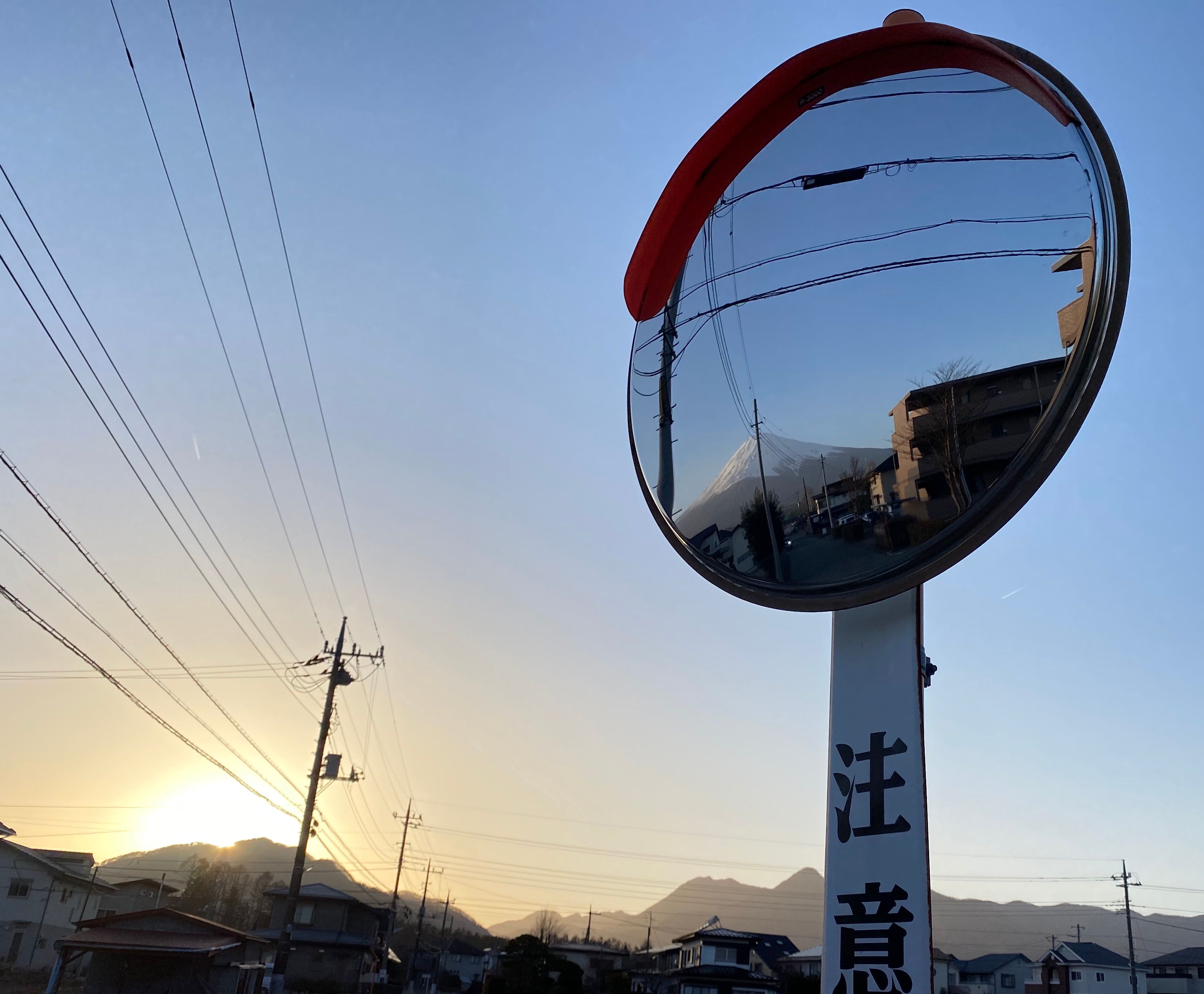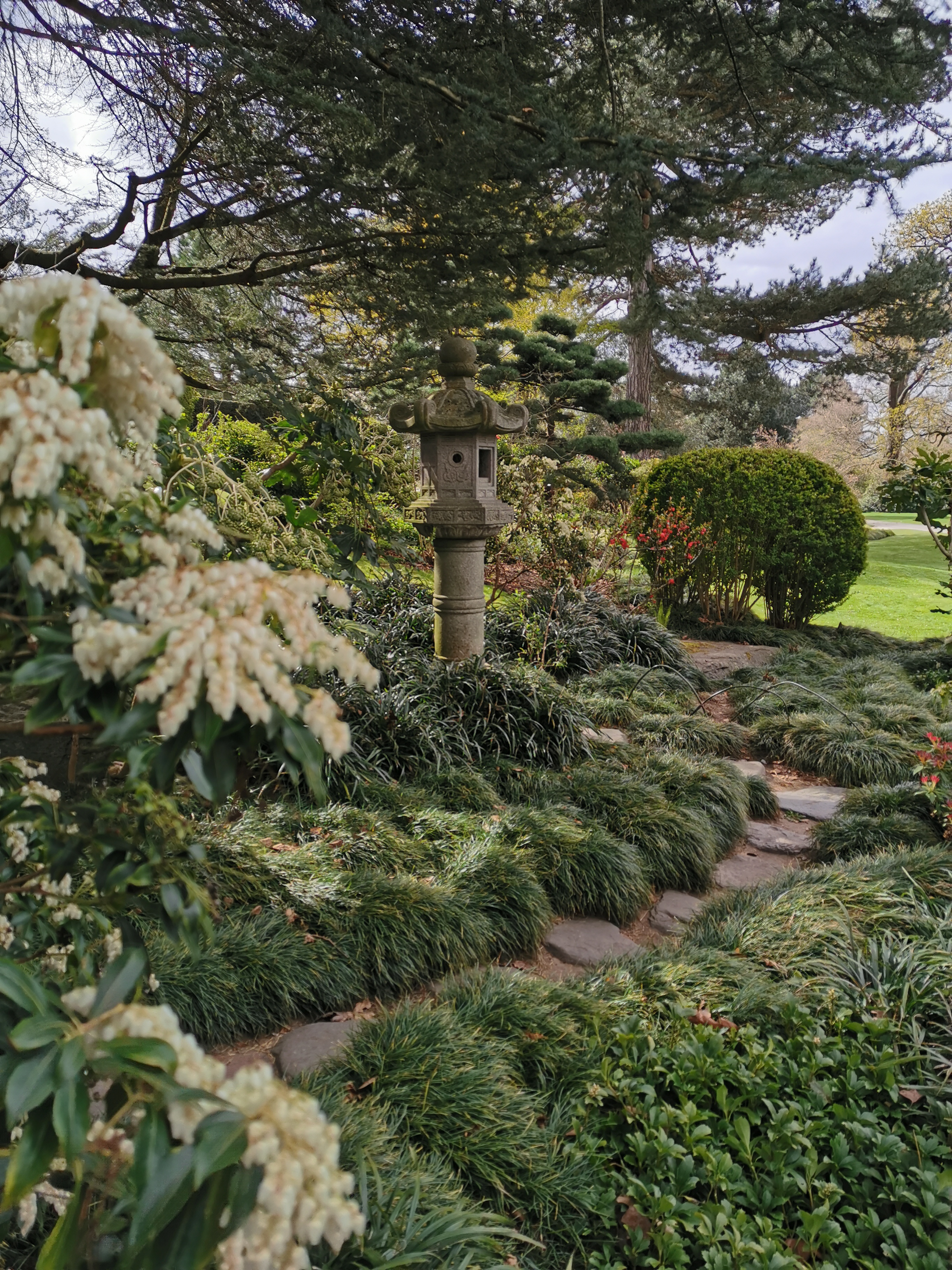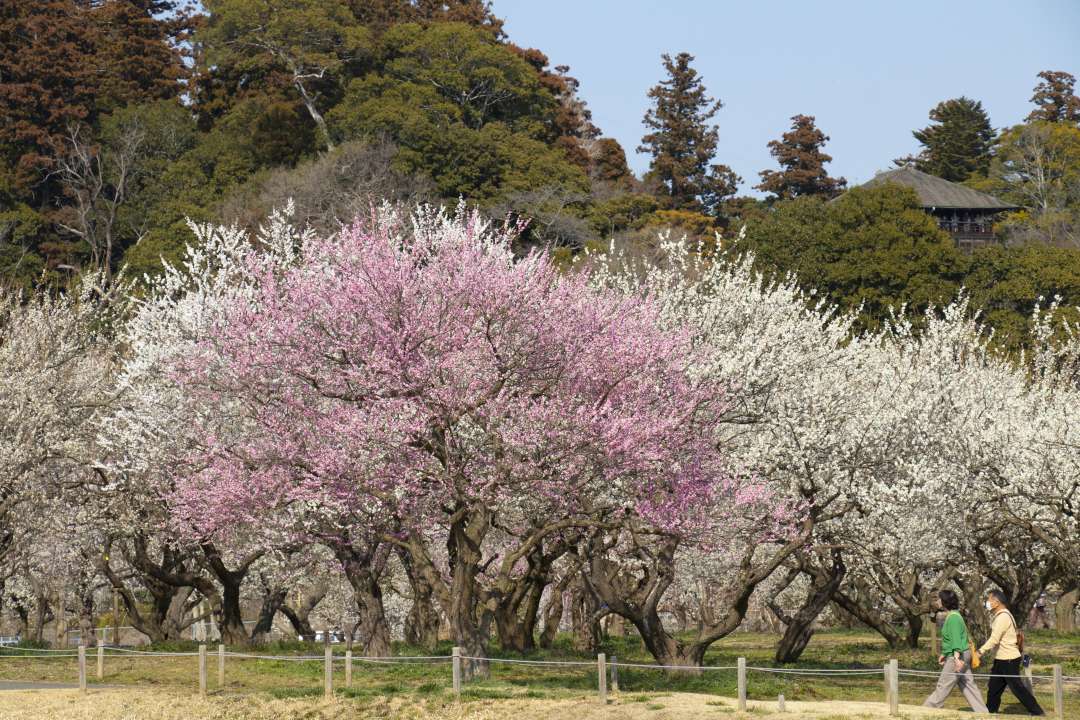
Just a stone’s throw from Tokyo and Chiba, and while technically not a neighbour of Tokyo, Ibaraki Prefecture is very accessible, and makes for a wonderful day trip or even multi-day trip to explore all the amazing things that the prefecture has in it.
Transportation
Ibaraki Prefecture is slightly northeast of Tokyo, and it has a population of just over 2.8 million people. Being the 24th biggest prefecture in the country, Ibaraki has more than enough room and adventure waiting for those who travel there. You can take the Joban Line from central Tokyo all the way to the capital city of Mito and beyond. Other ways to access the prefecture include domestic flights into Ibaraki Airport, and other express train services, such as the Tsukuba Express which runs from central Tokyo to Tsukuba. Due to the proximity to Tokyo, Ibaraki Prefecture makes for a great day trip out of the big city.

Things to do
From waterfalls to famous gardens, mountains and shrines, make sure to keep Ibaraki in mind when visiting Japan!
Mt. Tsukuba
Mt. Tsukuba is a mountain located outside Tsukuba City. At 877 metres, views from the summit of the mountain can give great views of the Kanto area, even including Tokyo. Access to Mt. Tsukuba is not difficult, as you can take a bus from Tsukuba Station to the base of the mountain. Don’t forget to visit Tsukubasan Shrine as well at the foot of the mountain - which enshrines two of the most powerful deities in Japanese mythology, Izanagi and Izanami. If you are hoping to make your way to the summit in short notice, you can ride the Mt. Tsukuba Cable Car or ropeway. You can also hike your way to the summit and then take the cable car or ropeway on the way down. The mountain actually has two distinct summits, Mt. Nantai and Mt. Nyotai, and a roundtrip to and back from the top usually takes around 4 and half hours. Autumn is a great season to visit the mountain, as the trees changing leaves make for a beautiful sight.

Kairakuen
While visiting Mito, the capital of the prefecture, make sure not to miss Kairakuen. Designated as one of the top 3 gardens of Japan, which also includes Korakuen in Okayama Prefecture and Kenrokuen in Ishikawa Prefecture. For anyone who hopes to visit all three of the gardens, Kairakuen is a great start. Opened in 1842, the garden is most famous for its plum blossoms, which usually bloom slightly before the famous cherry blossoms. From late February to late March, there is the Mito Plum Blossom Festival, where you can enjoy the 3,000 plum trees and the many different varieties. Neighbouring Tokiwa Shrine is another good spot to visit in addition to Kairakuen, a shrine established in 1874. Kairakuen has more than just plum blossoms, also having cherry blossoms, azaleas, and autumn foliage.

Hitachi Seaside Park
If you are after some more year round nature and beauty, Hitachi Seaside Park is one of the best places to visit. With thousands of flowers blooming throughout the year, Hitachi Seaside Park will stun no matter when you go. One of the most enthralling parts of the park is the nemophila, or baby blue eyes flower. These small blue flowers bloom on Miharashi Hill in the park, and create a sea of blue. If paired with a blue sky, the entire scene will be a magnificent canvas of blue. The nemophila commonly bloom during springtime, but if you visit during other times of the year, you have the opportunity to see sunflowers, roses, and kochia. Make sure to take a leisurely stroll through the park, as it covers quite a bit of land, with multiple trails and bike paths. A visit to Ibaraki for cherry blossom, plum blossom, nemophila is a great idea.

Fukuroda Falls and Tsukimachi Falls
Moving up closer to Ibaraki’s border with Fukushima Prefecture, you’ll find the small town of Daigo. With a plethora of hiking, onsens, nature, and more, it is a great place to find some peaceful and relaxing scenes. One of the spots you can visit is Fukuroda Falls, one of the top 100 waterfalls in Japan.

At 120 metres tall and more than 70 metres wide, the waterfall changes throughout the year. Autumn brings the many changing leaves, but in winter, parts of the waterfall will freeze, creating a unique vista to admire. There are multiple platforms that you can see the waterfall from, and there is also Namase Falls located further behind Fukuroda Falls. In the area you can also try grilled sweetfish, cooked over hot coals, and delicious apples. Another waterfall worth a visit is Tsukimachi Falls. Its unique feature is that you can actually view the waterfall from behind the plunge pool!
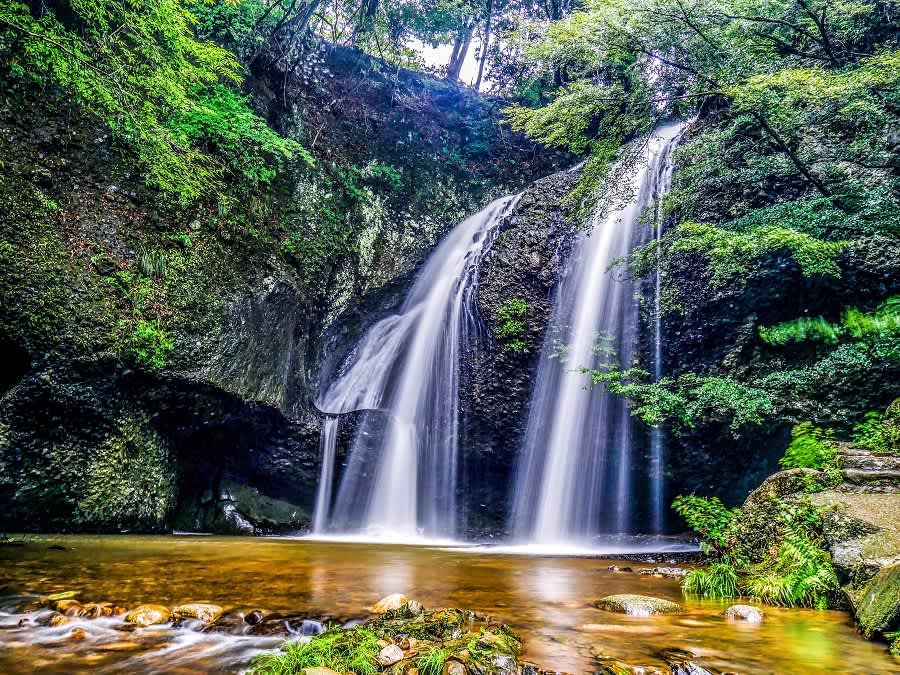
What Else?
Did you know that one of the biggest Buddha statues is found in Ibaraki Prefecture? The Ushiku Daibutsu stands at 120 metres tall in the city of Ushiku. The 5th tallest statue in the world, it was completed in 1993 to commemorate Shinran, a Buddhist monk who lived in the 12th and 13th centuries. You can enter the statue as well, taking an elevator up to 85 metres where there is an observation platform. Other floors of the statue include ones for learning about its construction and sutra copying. Outside the statue is also a garden, which has cherry blossom trees and moss phlox that turn into a majestic sight in the spring.
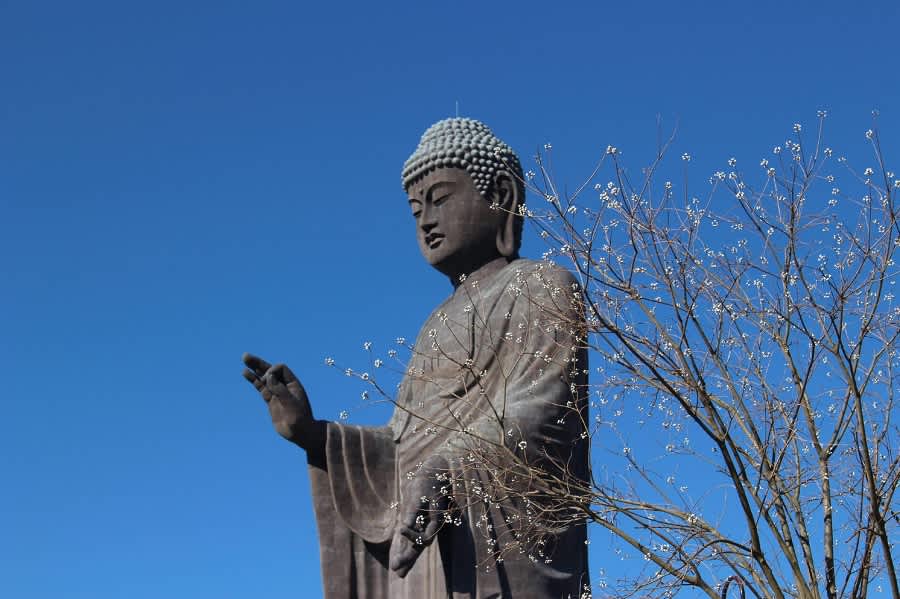
Torii gates of shinto shrines can be found all over the place, and in the sea is one spot that you may notice has its fair share of torii. One shrine in Ibaraki Prefecture that has a torii in the sea is Oarai Isosaki Shrine. Found in the city of Oarai, the shrine dates back to the 9th century, and the sight of waves crashing against the rocks and the gate make for amazing photos and even better memories. If you are around the shrine in the morning, a pair of the sun rising and the torii gate is well worth an early wake up call.

Ibaraki Prefecture is relatively close to Tokyo, and offers all that one could want from a visit. From delicious food to stunning scenery, Ibaraki Prefecture is a top spot to see and explore in Japan.
To stay up to date with all the latest happenings in Japan follow us on our Facebook and Instagram!















































